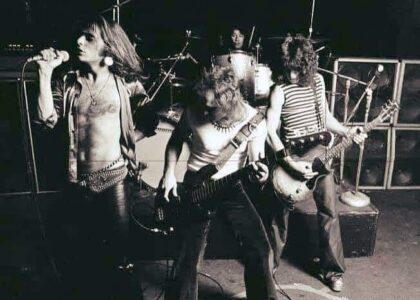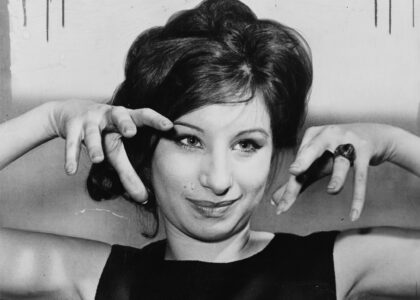For most media, we’re told that connection is key. “Gotta connect with your audience,” they say – me included. But it’s possible that you’re subconsciously torpedoing that connection with some of the first words out of your mouth. The good news? It’s very easy to correct. It might just involve breaking some habits that aren’t serving you.
You’ve probably done it. I know I have. And many of the people we might look up to as content creators do it. If I wanted to put a happy spin on it, I’d say we get so wrapped up in thinking about the audience and who’s watching or listening, that we forget how they watch or listen. Truth is, though, that it’s probably something we’re doing out of laziness, out of habit, or – as was the case recently with one of my coaching clients – nobody ever pointed it out to us before. Now, it’s important that for this conversation you stay with me to the end, because I’ll put a bow on it for you that will hopefully forever cement the idea in your psyche.
If we’re talking about normal consumer behavior, we’re told that people who are actively listening to spoken word audio – whether that’s radio, podcasts or audiobooks – are usually listening alone. It makes sense, when you think about it, because when’s the last time you grabbed the left AirPod, gave a friend the right AirPod, and proceeded to listen to nine hours of an audiobook together? And when I say “actively listening”, I mean actually listening to content instead of hearing it. There’s a difference. If you’re rockin’ out to “Don’t Stop Believin'” by Journey with your friends in the car and you turn down the volume when the DJ comes on, you’re not listening to the spoken word part anymore. You might hear it, but you’re no longer paying attention.
Some forms of spoken-word content are created in an environment where people are watching or listening together. TV talk shows, for example, are back to being done in front of a live studio audience. So Letterman looked out from the stage and sure, he saw some cameras, but he also saw a couple of hundred people thirty feet away, looking back at him. When Kimmel tells a joke, he hears them laugh. When Ellen starts one of her dance routines, the crowd gets into it, too, and if you’re in the studio audience, the energy is electric.
So if you grew up on a steady diet of Carson and Letterman like I did, you got used to seeing the host of a show say things like, “Alright, folks, here’s who’s on the show tonight.” Or hearing Stephen Colbert refer to the audience as “My friends”. And virtually everyone, from the Don Pardo announcer types on Saturday Night Live to carnival barkers often address a crowd by calling them “ladies and gentlemen”. (Well… except at Disney.)
Now, for Letterman, calling the audience “folks” makes sense because that’s what he sees.
But when you’re doing your radio show or your podcast, how many people do you see in the audience? Right. Zero. When you’re writing the script for your radio commercial, how many audience members are looking back at you? Exactly none.
So who are we talking to when we say, “folks”? If we open our show by saying, “Hi guys” – what guys? I can’t tell you the number of times I’ve heard someone open a show by saying, “Hey, everybody.”
Let’s remember… whether it’s a podcast, the morning show on my favorite station or a radio commercial, what we’re trying to build is a connection. A connection who will hopefully feel so connected to us that, sure, they’re entertained and they want to hear more from us, but a connection that’s strong enough to earn a recommendation to someone else they’re connected to.
But if you’re referring to “everybody”, and I’m in the car by myself, you’ve just reminded me that you’re not really talking to me. I’m incidental. My friend Dave Jackson from The School Of Podcasting talks about this in terms of those YouTube videos where the creator reminds you to “hit the bell and click ‘subscribe'”… except that if I’ve already hit the bell and clicked ‘subscribe’, you just reminded me that this is a recording, you’re not really sharing something with me, you were just talking into a camera and I happened to digitally eavesdrop.
If you believe I’m nit-picking with this notion, think of it this way. You and I are friends in real life who haven’t hung out since the 45 minutes we spent together last week. I see you walking down the street and come up to you. I shake your hand and say, “Hey, everybody, what’s up?”
Are you seriously going to tell me there would be no disconnect for you in that moment? And if the two of us kept having a conversation and I kept addressing you as “folks”, and a couple of times I even called you “ladies and gentlemen”, are you honestly not going to wonder what the f@#% is wrong with me?
But if I invite you into my car or my AirPods for 45 minutes, the connection is arguably even more intimate than a walk down the street.
Don’t alienate me. Not if you’re really looking for connection, or engagement, or whatever it is you want from me.






